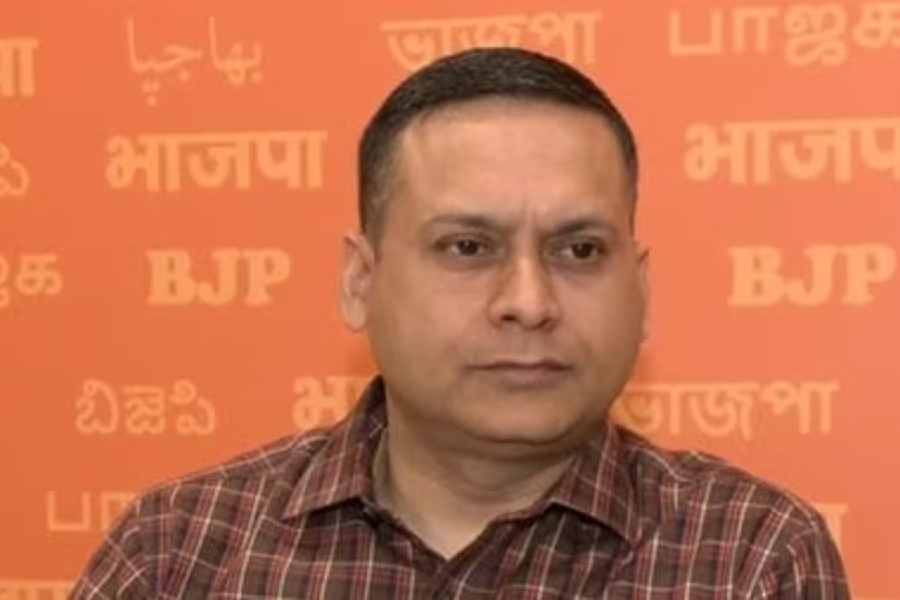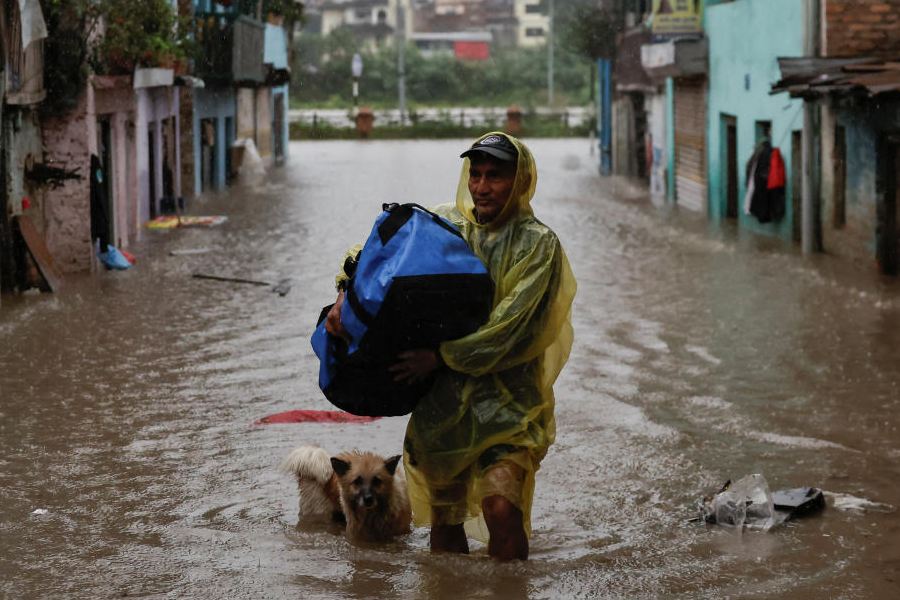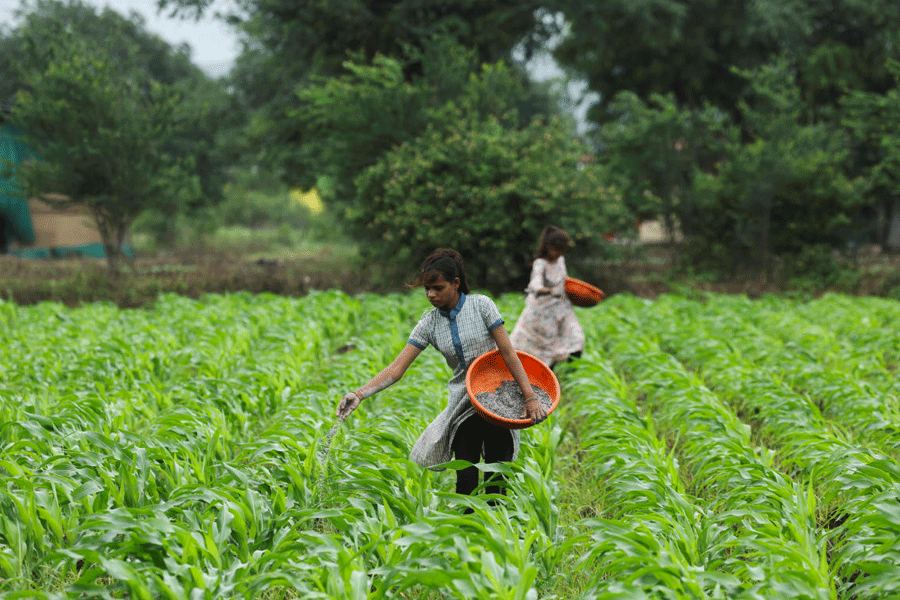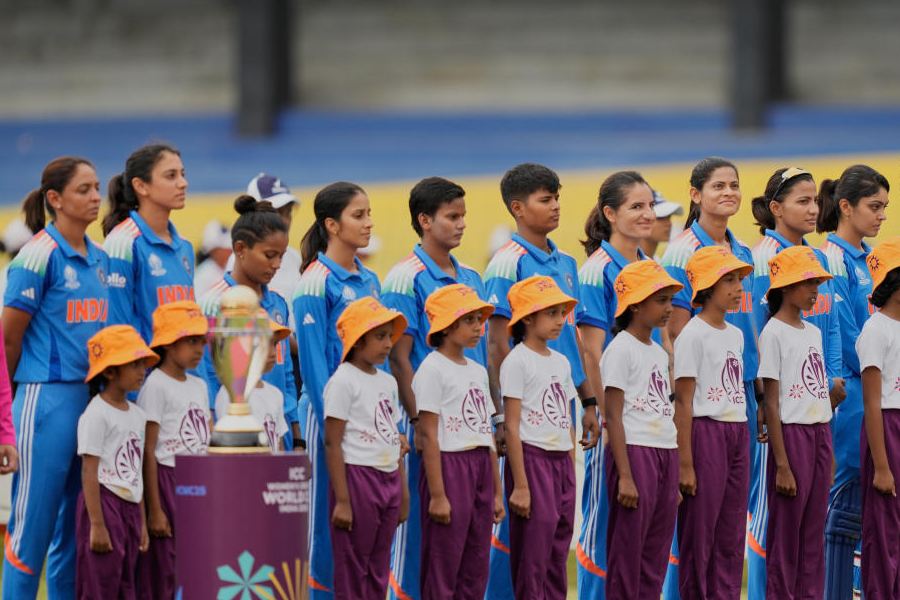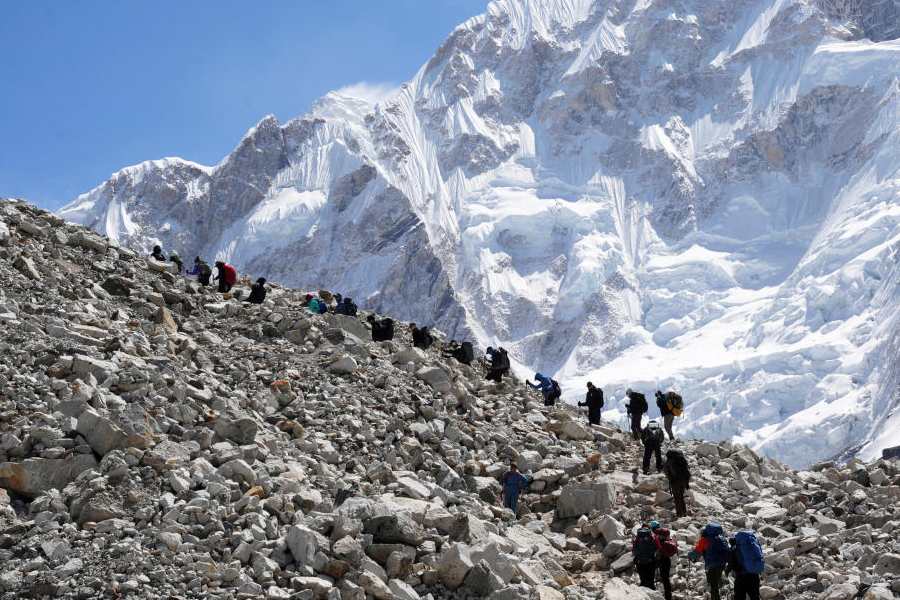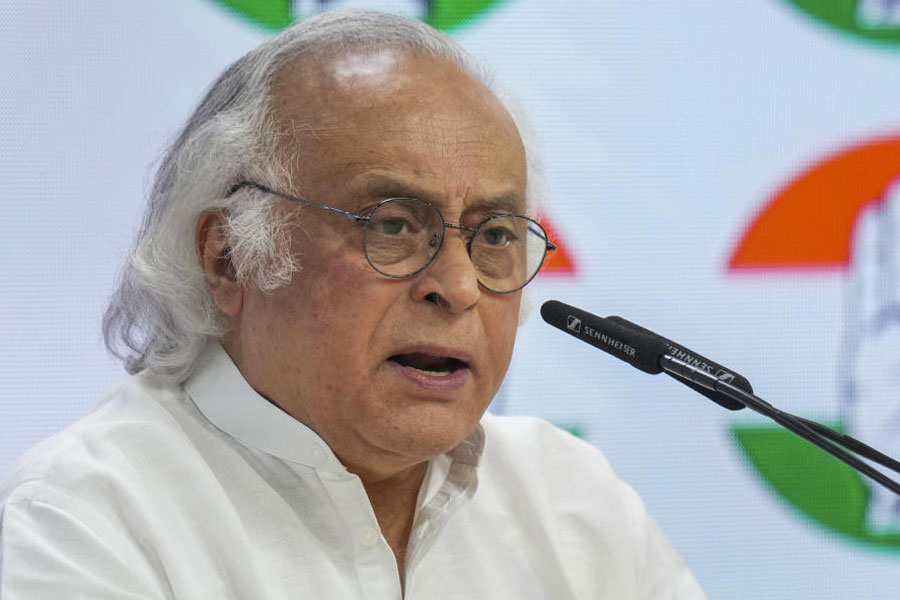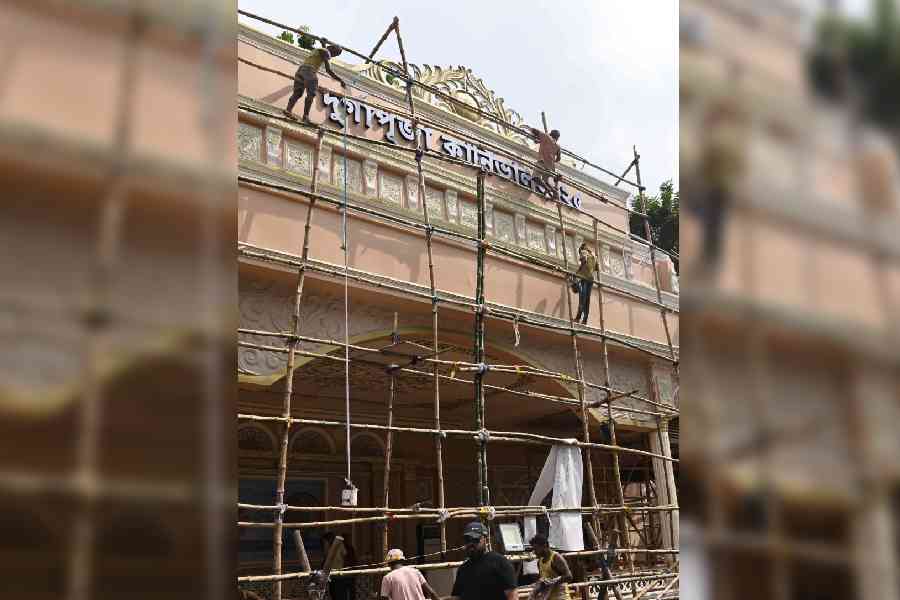 |
After many years I went to watch a Bengali film at the theatre. The film was Paglu, featuring Dev, and the theatre was not a multiplex, but an old-fashioned “cinema hall” in north Calcutta that is a renowned home of Bengali films.
I walked in with 15 minutes remaining for the three o’ clock show, having bought a ticket the previous day. I realised that it had been unnecessary, as there were about 15 people in the theatre. Many of them were couples of various ages whose behaviour suggested they had no other place to go. A few old people seemed to be sitting there forever. A thin woman in a synthetic sari, clutching a threadbare bag with an umbrella peeping out, looked like everybody’s forgotten aunt. The only reason a few frisky youths could be explained was they were Dev’s fans. The rest were railway children.
The seats were arranged in three sections along the length of the hall. All the 15 people sat together in the last three rows of the middle section. Because I looked the most “respectable” member of the audience, I was ushered into an aisle seat of the left section to become the only human against the rows of seats. When I wanted bottled water, the usher took money, went out and got me a chilled bottle.
Then began the long wait. It was 3.00, 3.10, 3.15. They were trying to start the show. Microsoft windows flickered on the screen frequently to die after a few seconds. After 20 minutes or so, a murmur of protest rose from the audience. A hall employee silenced them authoritatively, saying the hall knew what it was doing. An elderly man walked himself in slow motion to the men’s across the length of the hall and returned to his seat after a few minutes. He did this again, and then once more.
At 3.40, the show started. I was a little stunned to find the opening shots were of the US and the actor Rajatabha Datta, playing heroine Koel Mullick’s father, was an American Senator. He strode down the screen with American bodyguards. But the pert, slim daughter wanted to come back to India to study. He allowed her.
Koel came back to a city of a Bengali-speaking pople, presumably Calcutta, where there were about two locations, or sets: Koel’s home and a college campus, except an odd mandir or a nightclub. The college that Koel went to was called Princetone. Paglu, or Dev, studied there too.
The college campus was modelled along traditional Bollywood lines: it was strictly a site of the carnivalesque, probably didn’t have classrooms, but only a promenade, where hunks, including Paglu and his rival, waited on motorbikes to snatch pretty young women as trophies from each other. Dev snatched Koel from Ronny.
Romance followed, unfolding in sudden dream sequences shot in foreign locations and sung in Hindi, and one song was shot against a few snow-capped mountains of Europe. But Paglu was a pauper and he lived in a bosti. Koel’s father returned and plotted to rescue Koel from Dev’s clutches.
But all this happened at an excruciatingly slow speed. Just before the interval, Rajatava Dutta manipulated Koel into returning with him to the US. Paglu came to the airport, gave Rajatava an earful and a couple of swinging shadow kicks, and threatened to come to “America” to get his love back. I knew he would get there.
At this point the lights come on and revealed the hall and its audience again. The elderly man had resumed his journey towards the toilet. The rest sat in their seats, looking too tired even to get up for a Coke. Or perhaps that would pinch the pocket.
But Paglu was about to conquer “America”. I thought I just wouldn’t be able to accompany him on his journey across the wide gulf that separated him from his audience. It was just too much. I left.


